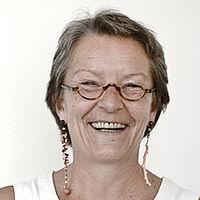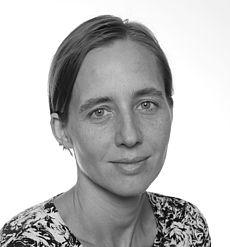- Teaching
- Urban Design Projects
- October 18, 2016
Urban Design Project I Luxury. Spatial Politics of Comfort 2016/2017
The theme of the year for 2016/17 deals with the aspects and perspectives of luxury. In general, luxury is usually associated with a contrast between shortage and excess. This is also true for housing. In this context, we examine Lacaton and Vasall’s hypothesis from the (social) housing theory point of view: “LUXURY is not related to money, but it's the condition of achieving above and beyond what was imagined to be possible.” (Lacaton and Vassal 2013).
Luxury is first discussed as a spatial concept that allows for different uses. The demand for “luxury for all” is based on this notion of a “luxe communal.” It first appeared in the then rediscovered manifesto of the Paris Commune of 1871 (Ross 2015; Shaw 2016), and primarily addressed an appropriation of beauty, leisure, education, and a de-privatization of art and aesthetics, which should be available to everyone. But this does not address the question of what luxury means to different people. Wiesing (2015) tackles this notion of the relational quality of luxury from the perspective of phenomenology by searching “for principles according to how a thing is experienced, so that it becomes a thing of luxury to someone.” In contrast, Bourdieu (1982) speaks of a culture consisting of fine differences in ways of living, in which the performance of a person or social milieus designates who “belongs” and who is “excluded.” This distinction becomes manifest as an urban spatial consequence especially where we find housing projects based on exclusivity, and whose appearance is unchanging and designed to denote a preconceived notion of distinction — as gated communities with ‘round the clock security guards and residential services (see Hannemann 2010; Marcuse 1996; Mingione 1996; Glucksberg 2016).
Finally, we must consider the “reverse side of luxury” (Knowles, 2014), that is, the relationship between high-priced residential areas and styles and the low-paid employees that are hired to manage and maintain them. This addresses both the normative as well as the ethical aspects of the city. (Menke 2015; Moller 2015 Mostafavi 2016)
UD examines the conflicts confronting the city’s comfort zones. What is luxury to different residents of the city? What typologies of luxury can be found and in which way do they express themselves? How is the luxury of the city produced? Which spatial policy decisions and legislation are involved? How do city inhabitants want to live together and what normative or ethical aspects should apply? What government techniques affect the distribution and circulation of urban population? How can issues of welfare, well-being, and diversity be addressed? Through which activities, places, and things is the city's luxury articulated and how does this occur?
10 CP
more information on ahoi

Source: Frédéric Druot, Anne Lacaton und Jean-Philippe Vassal
contributors

Prof. Dr. Ingrid Breckner
Professor, Urban and Regional Sociology

Prof. Dr. habil. Christopher Dell
Professor, UFoK, OT and RFoP

Prof. Dr. Monika Grubbauer
Professor, History and Theory of the City

Prof. Dipl. Ing. Bernd Kniess
Professor, Urban Design
Dr. des. Christoph Herrmann
Academic Staff, Finding Places

M.A. Nina Fräser
Academic Staff, History and Theory of the City
2016/2017
Luxury

Spatial Politics of Comfort
The theme of the year for 2016/17 deals with the aspects and perspectives of luxury. In general, luxury is usually associated with a contrast between shortage and excess. This is also true for housing. In this context, we examine Anne Lacaton and Jean-Philippe Vassal’s (2013) hypothesis from the (social) housing theory point of view: “LUXURY is not related to money, but it's the condition of …